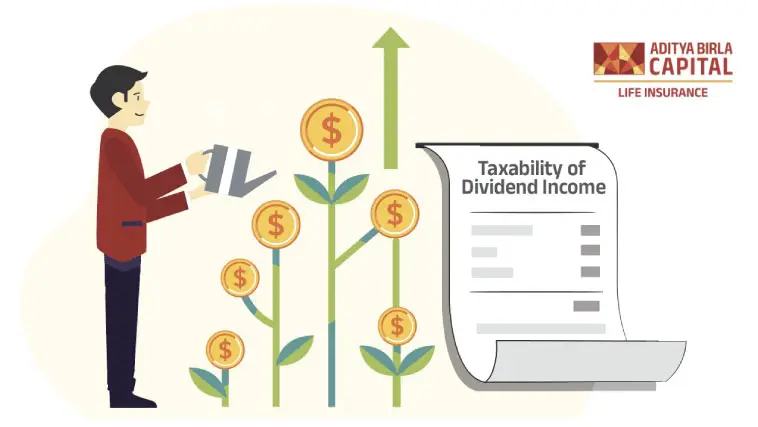Understanding the Taxability of Dividend Income in India

Plan Smarter, Live Better!


- Table of Contents
FAQs - Understanding Dividend Taxibility
Dividend income is the portion of profits that a company distributes to its shareholders. It's essentially a return on the investment shareholders make in the company's equity.
Yes, starting from FY 2020-21, dividend income is taxable in the hands of shareholders. Companies no longer pay Dividend Distribution Tax (DDT).
For individual taxpayers, the dividend income is added to the total income and taxed according to the applicable slab rates.
A TDS of 10% is deducted from dividend income if the dividend amount exceeds INR 5,000 in a financial year for resident individuals.
For NRIs, dividend income attracts a flat tax rate of 20% plus applicable surcharge and cess. However, this rate might be adjusted based on the Double Taxation Avoidance Agreement (DTAA) between India and the resident country of the NRI.
No, TDS is not deducted if the dividend is paid by a company on shares listed on a recognised stock exchange and the transaction is liable to securities transaction tax (STT). Also, no TDS is deducted if the total dividend income in a financial year is up to INR 5,000.
NRIs can submit a Tax Residency Certificate (TRC) and other relevant documents to the payer to claim benefits under the DTAA, potentially availing a lower TDS rate.
Dividend income should be reported under the head "Income from Other Sources" when filing your Income Tax Returns.
Yes, similar to dividends from shares, dividends from mutual funds are also taxable in the hands of the recipient from FY 2020-21 onwards.
Yes, if excess TDS has been deducted compared to your actual tax liability, you can claim a refund when filing your Income Tax Returns.
Buy ₹1 Crore Term Insurance at Just ₹575/month1
ABSLI DigiShield Plan
Life cover up to 100 years of age.
Joint Cover Option
Inbuilt Terminal Illness Benefit
Tax Benefit^
Return of Premium Option~
Life Cover
₹1 crore
Premium:
₹575/month1
Most Popular Calculator
ADV/2/24-25/2780







